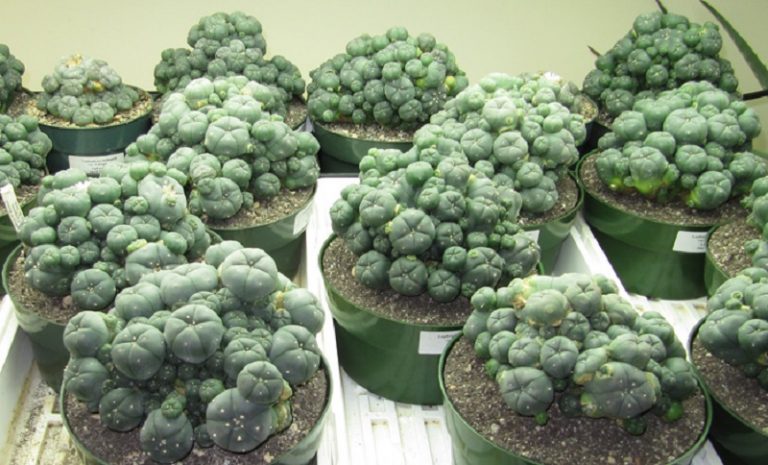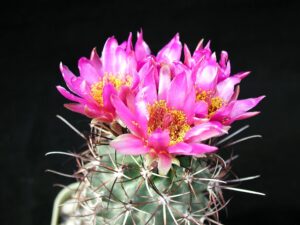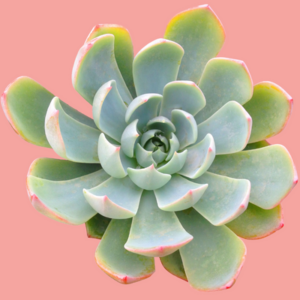In recent years, the peyote cactus, a diminutive succulent native to the arid landscapes of Mexico and the southwestern United States, has inspired curiosity and intrigue. With its psychoactive properties primarily deriving from the chemical compound mescaline, peyote has been revered for centuries by various indigenous cultures in their spiritual rituals. This article delves into the intricate legal and ethical considerations surrounding the cultivation of peyote, offering potential growers the insights needed to navigate this multifaceted terrain.
Understanding the Legal Landscape
The legal status of peyote is a complex subject, intricately woven into cultural, historical, and legislative fabrics. In the United States, peyote is classified as a Schedule I controlled substance under the Controlled Substances Act. Therefore, its cultivation and distribution are heavily regulated. While the use of peyote is permitted for members of the Native American Church in their religious practices, it remains illegal for recreational use, raising significant questions regarding who may legally grow this unique cactus.
It is imperative for potential growers to familiarize themselves with both state and federal laws that govern peyote possession and cultivation. In some states, there may be exemptions allowing limited use for specific cultural or ceremonial purposes. Conversely, in states where peyote is strictly banned, even possessing the seeds could lead to legal repercussions. For those in the United States wishing to partake in responsible cultivation, contacting local regulatory bodies or seeking legal counsel may be prudent first steps.
Ethical Considerations: Respecting Indigenous Traditions
As interest in psychedelics and natural psychoactives surges, a pressing ethical dilemma emerges: how does one engage with the peyote cactus without commodifying its cultural significance? For many indigenous peoples, peyote extends beyond a mere plant; it embodies a sacred connection to the earth. The appropriation of peyote cultivation by non-indigenous individuals can diminish its ritualistic and cultural context, ultimately leading to exploitation.
It is crucial to approach this subject with respect and sensitivity. Establishing an understanding of the indigenous cultures that prioritize peyote within their spiritual practices helps maintain an ethical framework. Engaging in conversations with indigenous communities can provide insight into best practices for cultivating peyote while honoring its traditional uses.
Exploring Cultivation Techniques: Sustainable Practices
If cultivation is approached thoughtfully, it can lead to an enriching experience. However, sustainable practices are paramount. The peyote cactus is slow-growing, often taking a decade or more to reach maturity. Overharvesting in the wild has caused populations to dwindle, threatening the resilience of peyote in its native habitat. Consequently, cultivating peyote at home can serve as a responsible alternative to wild harvesting, provided it is done legally and ethically.
For those contemplating growing peyote, several factors demand attention. First, understanding the optimal growing conditions is vital. Peyote thrives in well-draining soil and requires ample sunlight—ideally, exposure to direct sunlight for several hours each day. A controlled watering schedule can also promote healthy growth, as overwatering is one of the leading causes of cactus demise.
Preparing soil mixtures that replicate the cactus’s natural environment can enhance growth; combining sand, perlite, and potting soil creates a texture that facilitates drainage and aeration. Additionally, considering container size is essential; a pot that allows for some root expansion without being overly spacious is ideal. This fosters a balanced root-to-soil ratio and encourages healthy development of the cactus.
Nurturing Growth: Observations and Adaptations
As with any botanical endeavor, patience is paramount when growing peyote. Observing the plant’s response to environmental conditions enables the grower to make timely adaptations. Monitoring the color and texture of the cactus can provide valuable insights; vibrant green hues indicate robust health, whereas discoloration or shriveling may suggest stress or improper care.
Cultivators should also familiarize themselves with common pests and diseases that can afflict cacti. Aphids, mealybugs, and fungal infections are known threats. Adequate air circulation around the plant and routine inspections can mitigate these risks effectively. Additionally, using organic insecticidal soaps or neem oil can provide an eco-friendly solution to pest control.
Harvesting: A Moment of Reflection
Once the peyote cactus has matured, the thoughtful grower must consider the ethical implications of harvesting. Rather than viewing this step purely as a consumption process, it can serve as a moment for reflection. The milky sap produced at the top of the cactus contains mescaline and can be carefully harvested, ensuring that the plant is not irreparably harmed and can continue to thrive.
The decision to consume or utilize the harvested material should not be taken lightly. Understanding the effects of mescaline and the implications it carries within cultural contexts is critical. Furthermore, contemplating one’s motivations for wanting to experience the properties of peyote can foster a deeper connection with the plant and its heritage.
In conclusion, the journey into the world of peyote cultivation is not simply a horticultural endeavor—it is a profound exploration of culture, legality, ethics, and ecology. Individuals who wish to engage with peyote should approach with respect, seeking to understand its significance and ensuring their practices are sustainable and legal. As we shift our perspectives toward this remarkable cactus, we may uncover not only its physical attributes but the rich narrative that surrounds its existence.





Leave a Comment